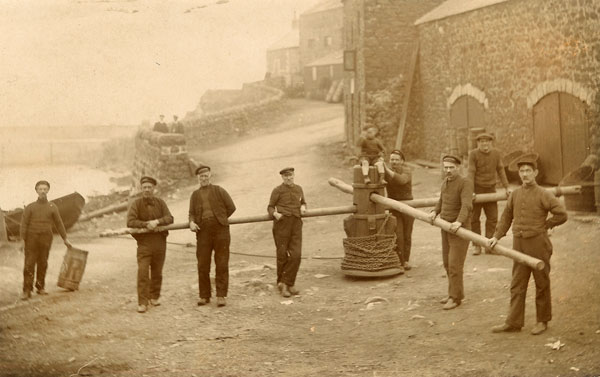i think of a solo half circle arc as a frictional slip to other side.
But multi /more than 1 half circle totally different mechanic that invokes more of a constriction/clamping drastically increasing frictions and inducing grip also .
.
i think trying to really see/describe/manage any physical distance or force, MUST look at cosine (column forces) and sine (non-column forces).
The column is just a desired straight path between the equal and opposite forces in the scenario, thru connective pathway device of tool chain given.
>>then the volume of forces is divided to that cos(cause column line between equal/opposites) or sin(not of the column cos/cause)
.
These are so pervasive all around you, as to be unseen/undigested/bland but your 'animal eye' that instinctively registers,compares etc. to keep you safe, by cross comparing things etc. can tell when things aren't right, like in a drawing etc.
A big game changer in the computing world was proper shadowing.
Old cartoons etc.just have a uniform dark image behind the principal as it's shadow.
Later years they tried to give a more natural,fading shadow 'gradient' of dark shadow to lighter and lighter for external drop shadows
>>and internal beveling/rounding shadows of gradual change.
But your animal eye could tell it was fake/mechanical feeling in the static changes of just lighter and lighter bands around principal look/feel fakey to your eye that has been watching everything all your life.
NOW most properly, the gradient shadow changes are to a declining cosine etc. type scale.
>>NOW game shadows etc. look Natural; in drawing circles it is called 'more organic' it is so real and Natural!
Your animal eye can tell because it has been comparing these things from birth, and can tell the fakes!
That is just one example of how pervasive cos/sin are in everything we do,see, touch etc.
.
In multi-leg rope supports 120degrees spread of 60degree deflection each leg is a dividing line.
More teepee/more closed pointed lends to extruding support column forces from the rope.
But flatter than 120degrees spread extrudes wrench tightening forces from line more than support column.
So to get the right service from the rope, should deploy by this math; so it can stand fer ya, not against your target efforts!!
.
i hope this shows how easy it is to peek into how this works and changes with calculator as tangible evidence.
Even if not punching calculator keys, perhaps just view over the rate of changes, and how they can ruin your day, where redline is etc.
In the end i also show how same numbers and lessons relate to lean leverage, not to confuse;but rather show the value of learning these ancient 'secrets'.
.
.
A TON of change in a quarter second, from 1 degree of change is VERY HIGH IMPACTING; and can make or break everything and everyone!
.
In actual usage, application: trunk wraps for support of pulley redirect; should try to extrude/conjure forth the SUPPORT NOT WRENCH forces of line:
.
.
Clean and simple: Nice 'teepee' point on angle much less than 120 spread/60 deflected each support leg
>>gives 4 support column legs to carabiner
>>maintain 1 wrap as Round Turn on bomb proof anchor for grip/not used as support column to carabiner (specializing each wrap to purpose)
>>hide 'seam'/knot on that wrap to buffer Achille's Heel from primary loadings and hits:
(knot in front face of this wrap leaves knot weak link in very inspectable position)
.


















 that's badass Kenny, keep up the good work!!
that's badass Kenny, keep up the good work!!

